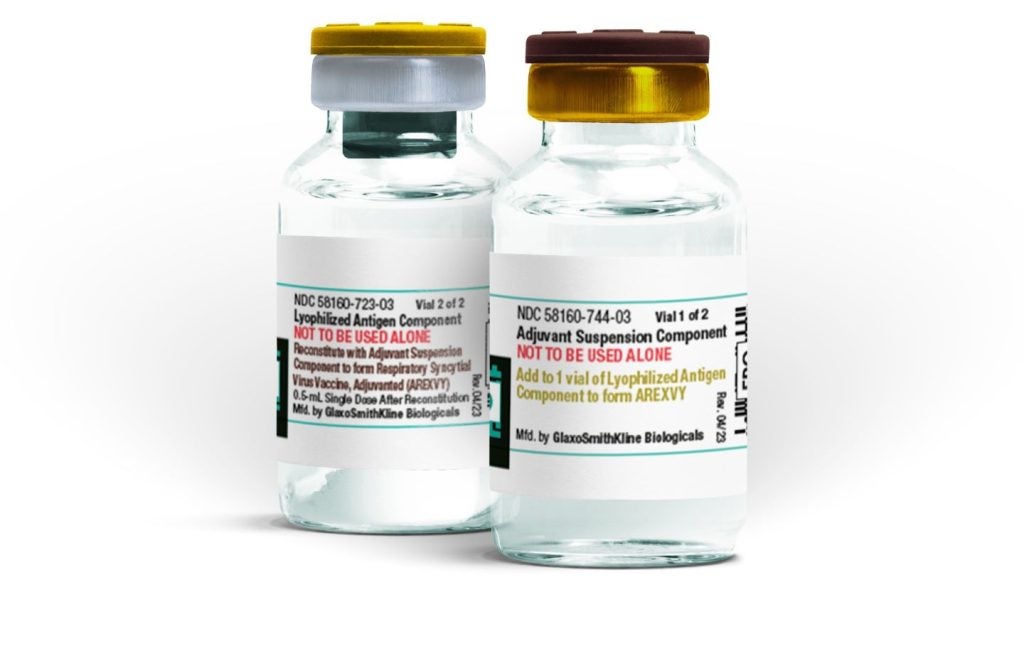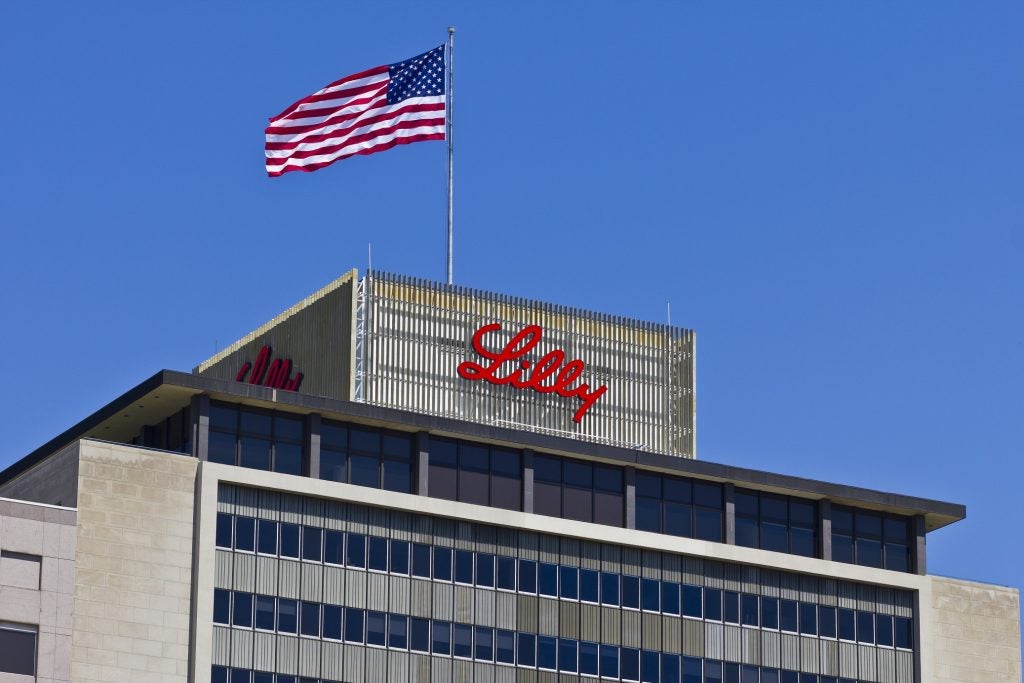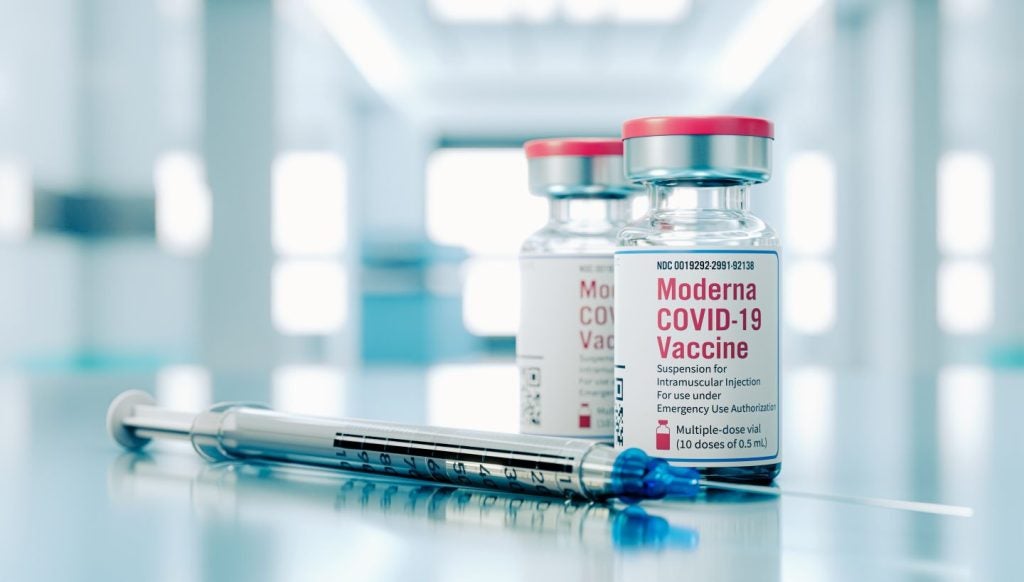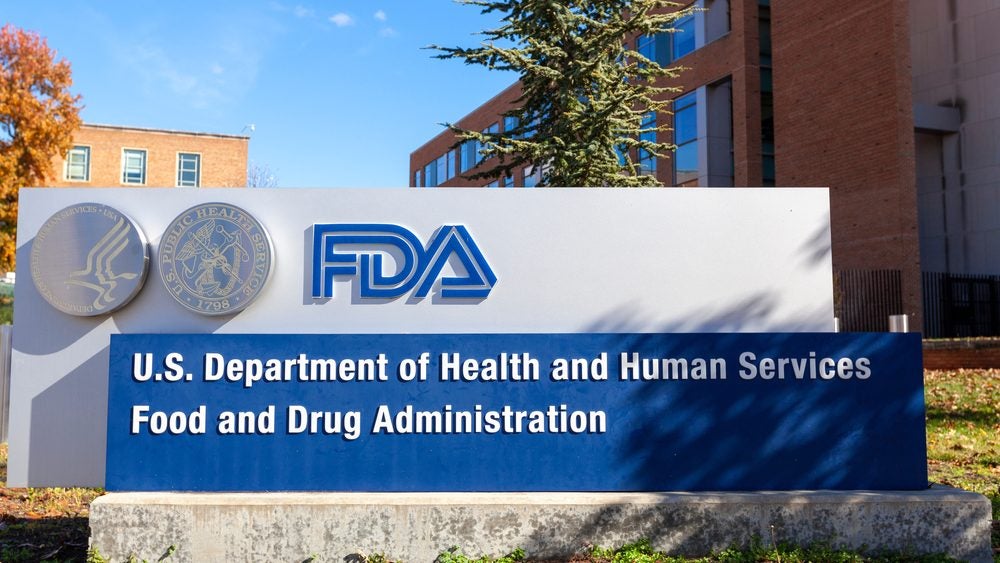At the American Society of Clinical Oncology (ASCO) Congress 2024, a first look at the clinical data from Bristol Myers Squibb’s Phase III CheckMate-9DW trial was presented on 4 June. The trial compared the Opdivo (nivolumab) + Yervoy (ipilimumab) combination with standard-of-care (SOC) frontline tyrosine kinase inhibitors (TKIs) – Eisai’s Lenvima (lenvatinib) and Bayer’s Nexavar (sorafenib) in treating first-line, unresectable hepatocellular carcinoma (HCC).
At a median follow-up duration of 35.2 months, the combination provided a modest 3.1-month median overall survival (OS) benefit (23.7 months versus 20.6 months) over frontline TKIs (hazard ratio [HR] 0.79), with an overall response rate (ORR) of 36%. The 24-month OS rate was at 49% (versus 39%), while the 36-month OS rate stabilised at 38% (versus 24%). Grade 3 or above treatment-emergent adverse effects (TEAE) in the immunotherapy (IO) arm were slightly more frequent (45% versus 43%) than the TKI arm. However, almost a doubled proportion of patients discontinued the IO treatment due to TEAEs of any grade (18% versus 10%). The positive data undoubtedly empowers the combination to penetrate the frontline HCC space, challenging Roche’s and AstraZeneca’s IO combination, Tecentriq (atezolizumab) + Avastin (bevacizumab) and Imfinzi (durvalumab) + Imjudo (tremelimumab), in the setting. Still, as the OS curve of the active arm dipped below the TKI arm for the first 12 months of treatment, and since patients with main portal tumor thrombosis were excluded, there remains an uncertainty on whether Opdivo + Yervoy would become the one and only frontline choice for physicians.
The trial design of CheckMate-9DW trial is a step up versus the combination’s IO competitors in first-line HCC in terms of the choice of the comparator. 85% of patients in the TKI arm received Lenvima, while the remaining 15% received Nexavar, reflecting a more contemporary practice of frontline SOC for HCC. In contrast, Tecentriq + Avastin, and the more recent Imfinzi + Imjudo, established a head-to-head comparison to Nexavar only in their respective Phase III IMbrave-150 and HIMALAYA trial. Nonetheless, the trial’s enrolment exclusion of patients with main portal invasion (grade VP4) limits the insight provided on the combination’s efficacy in treating patients with this high-risk complication. These two design differences may help explain the extended OS in the TKI arm of CheckMate-9DW (20.6 months) over that in the comparator arms of HIMALAYA (13.77 months) and IMbrave-150 (13.2 months). More importantly, as the first-line pivotal trials of Imfinzi + Imjudo (HIMALAYA) and Lenvima (Phase III REFLECT trial) share the same exclusion criterion, Tecentriq + Avastin is expected to be unchallenged by Opdivo + Yervoy, nor other IOs and TKIs, in its first-line positioning to treat such niche, high-risk group of patients.
The CheckMate-9DW trial highlighted other merits of the combination that help to displace Lenvima and Nexavar in the setting. Apart from a tripled ORR (36% versus 13%), the median time to response (TTR) was shorter for the IO at 2.2 months (versus 3.7 months). Patients were also subject to a shorter duration of treatment of 4.7 months compared to the TKI’s 6.9 months. The combination also seemed to provide an overall health-related quality of life improvement, although this may subject to patient bias due to the open-label trial design. Another notable observation in the IO arm was a lower percentage of patients (45% versus 56%) receiving any subsequent therapy at the point of interim analysis, implying the combination produced a more durable response in the first-line patients.
Still, investigators have to address the negative OS impact in the first year of treatment, as questions on the issue were raised at the session’s Q&A session. The OS curve of the IO arm suffered a noticeable dip after the first month of therapy, then finally crossed the TKI arm’s OS curve at month 12, and began to experience a slowing decline. The patient disposition did not seem to provide meaningful insights as the patient baseline characteristics in both arms were well balanced, and a consistent OS benefit was observed across patient subgroups. Neither was the minimal difference in grade 5 TEAEs (4% versus 1%) impactful enough to create the difference. Nonetheless, the inferior median progression-free survival (PFS) in the IO arm (9.1 months versus 9.2 months, HR 0.87) might suggest that tumor progression was the driving factor behind the impact. Clearly, there is an unanswered uncertainty on what specific prognostic factor(s) drive a better outcome in patients at the initial stage of the treatment, complicating the treatment decision in frontline HCC. Still, the Opdivo + Yervoy combination serves as an extra therapeutic option for HCC patients with its proven long-term OS benefit.
















